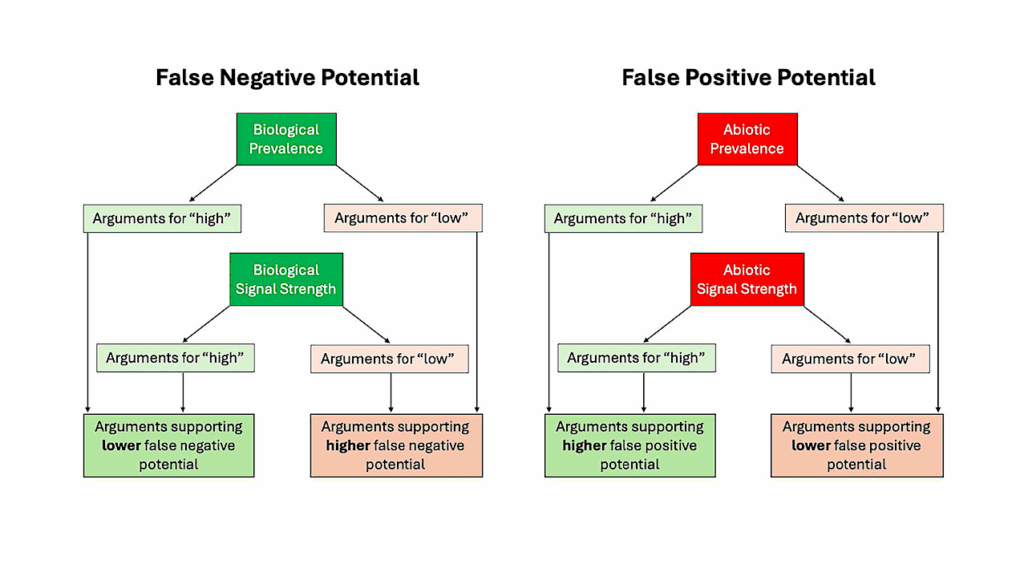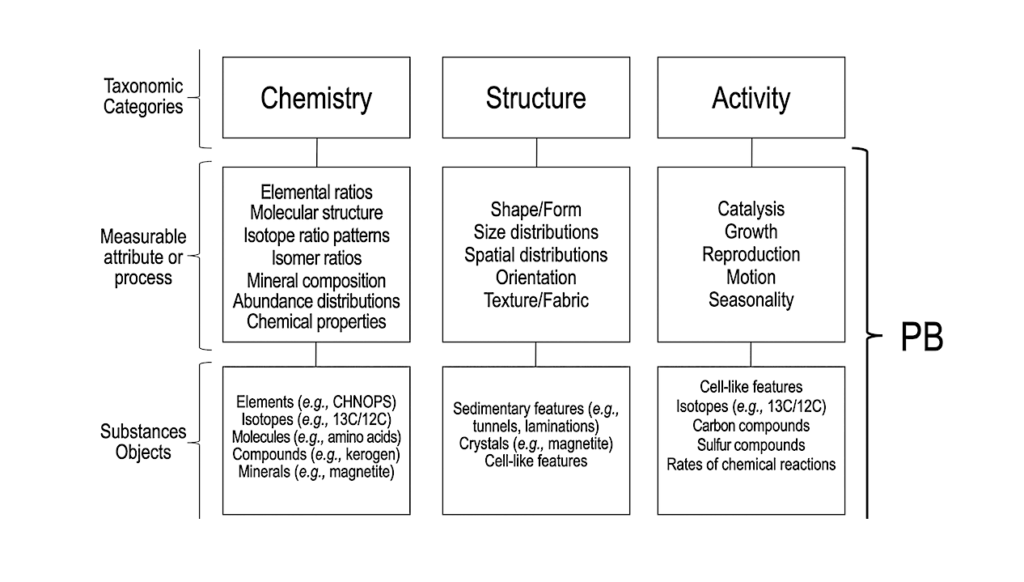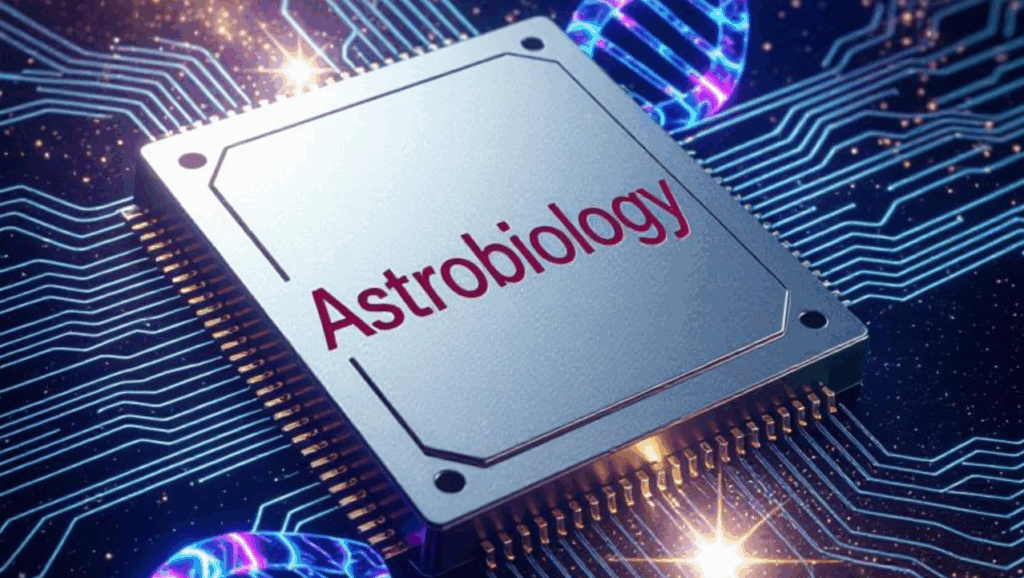A Novel Technosignature Search In The Breakthrough Listen Green Bank Telescope Archive
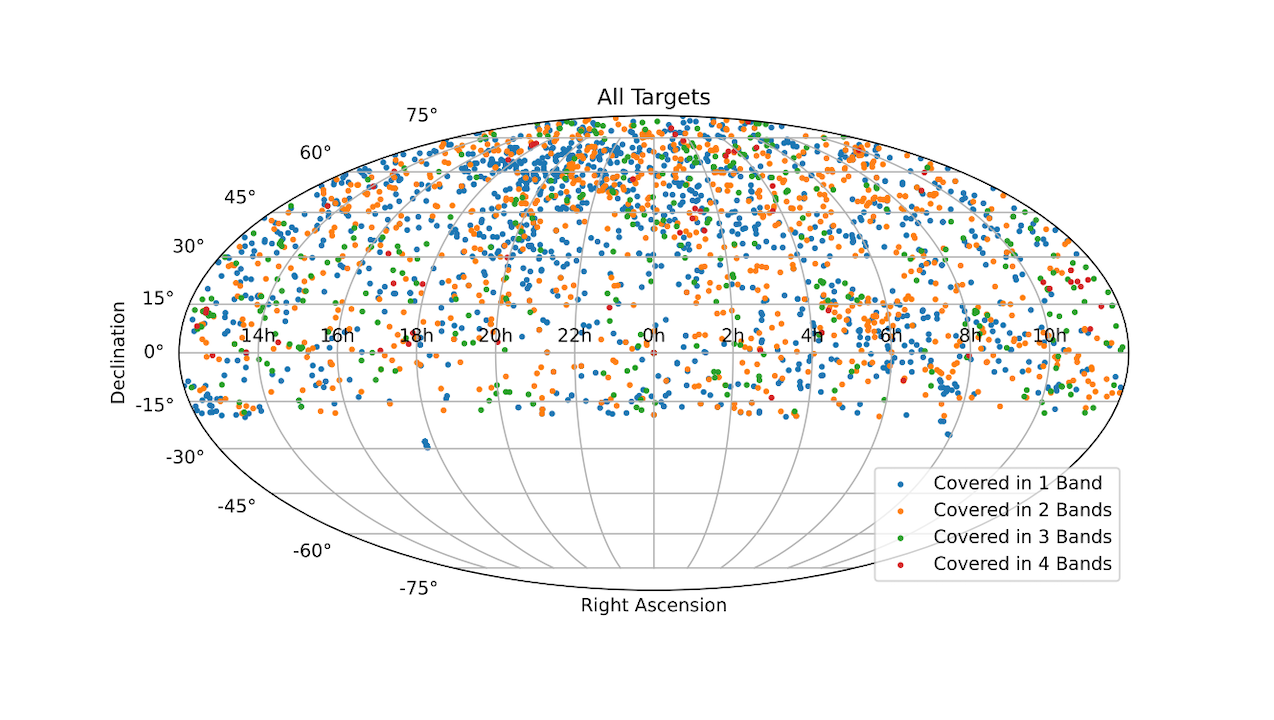
The Breakthrough Listen program is, to date, the most extensive search for technological life beyond Earth.
As part of this goal, over the past nine years it has surveyed thousands of nearby stars, close to 100 nearby galaxies, and a variety of exotic and solar system objects with telescopes around the world, including the Robert C. Byrd Green Bank Telescope (GBT) in West Virginia. The goal is to find evidence of technosignatures of other civilizations, such as narrowband Doppler drifting radio signals.
Despite the GBT’s location in a radio-quiet zone, the primary challenge of this search continues to be the high quantities of human-generated radio-frequency interference (RFI), and the ability to pick out genuinely promising candidates from it. Here we present a novel search method aimed at finding these `needle-in-a-haystack’ type signals, applied to 6,630 observation cadences of 2,623 stars (each observed with one or more of the L, S, C, and X band receivers) from the GBT archive.
We implement a low-complexity statistical process to vet out RFI and highlight signals that, upon visual inspection, appear more promising than those from previous analyses. Our work returns candidate signals found previously using both traditional and machine learning algorithms, as well as many promising ones not previously identified.
This analysis represents the largest dataset searched for technosignatures to date, and highlights the efficacy that traditional (non-machine-learning) algorithms continue to have in these types of technosignature searches. We find that less than 1% of stars host transmitters brighter than 0.3 Arecibo radar equivalents broadcasting in our direction over the frequency band covered.
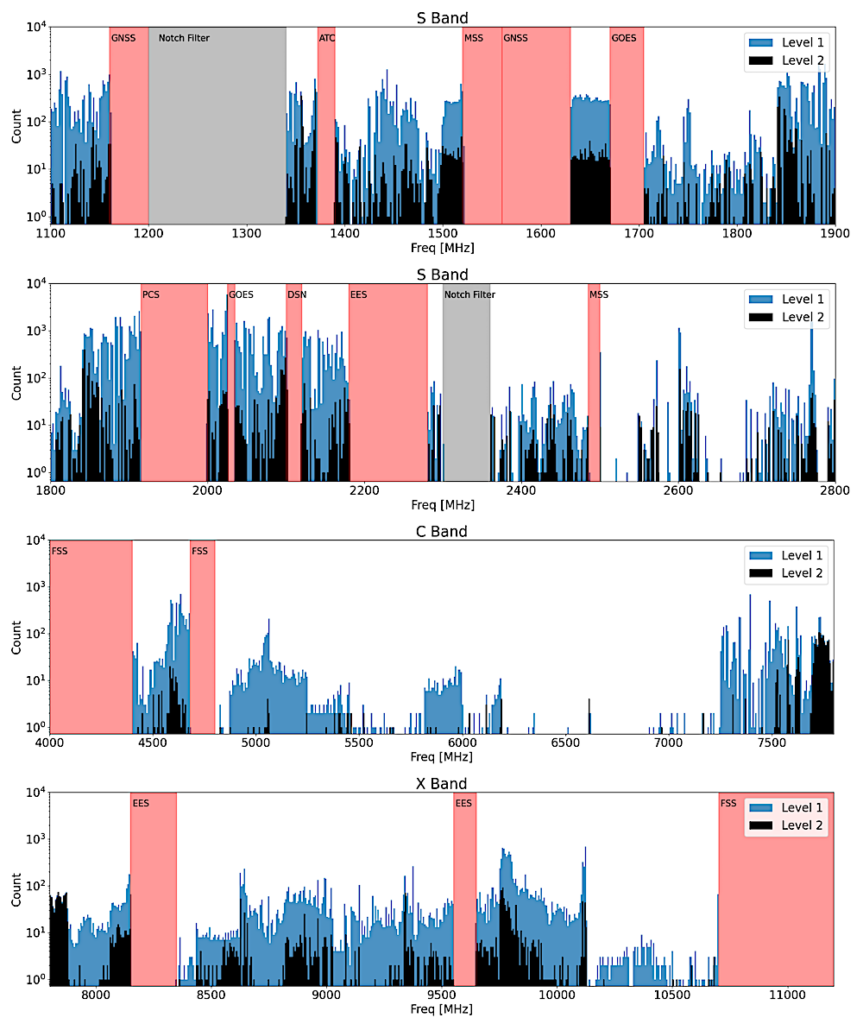
The frequency distribution of Level 1 and Level 2 blocks for each band. Red regions are frequencies with high RFI densities that are excluded from our analysis. Grey regions represent the GBT notch filters and are also excluded. — astro-ph.IM
Caleb Painter, Steve Croft, Matthew Lebofsky, Alex Andersson, Carmen Choza, Vishal Gajjar, Danny Price, Andrew P. V. Siemion
Comments: 27 pages, 22 figures. Submitted to The Astronomical Journal
Subjects: Instrumentation and Methods for Astrophysics (astro-ph.IM)
Cite as: arXiv:2412.05786 [astro-ph.IM](or arXiv:2412.05786v2 [astro-ph.IM] for this version)
https://doi.org/10.48550/arXiv.2412.05786
Focus to learn more
Submission history
From: Caleb Painter
[v1] Sun, 8 Dec 2024 02:31:42 UTC (23,855 KB)
[v2] Tue, 5 Aug 2025 18:14:00 UTC (41,833 KB)
https://arxiv.org/abs/2412.05786
Astrobiology, SETI,


